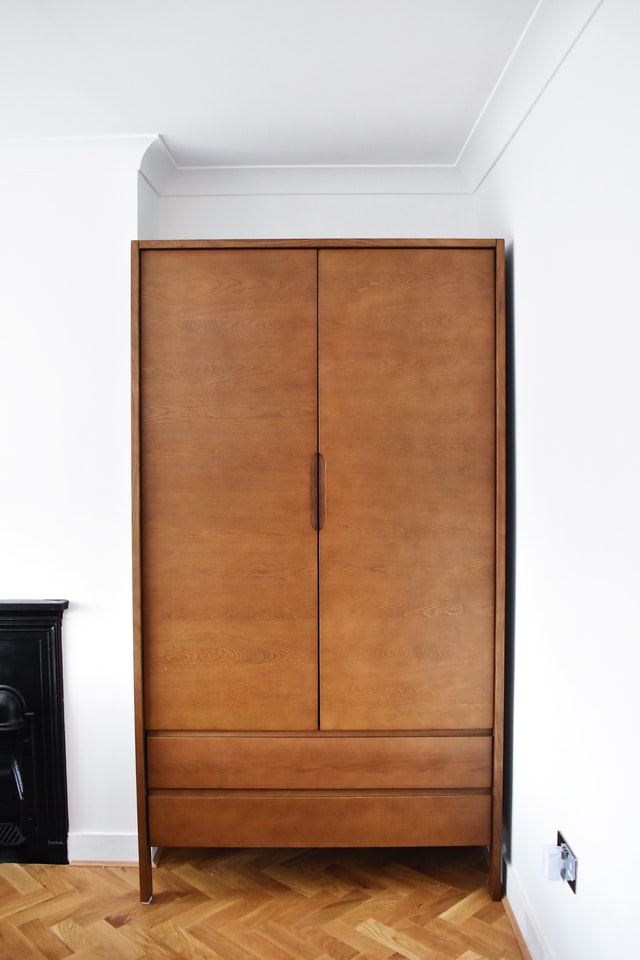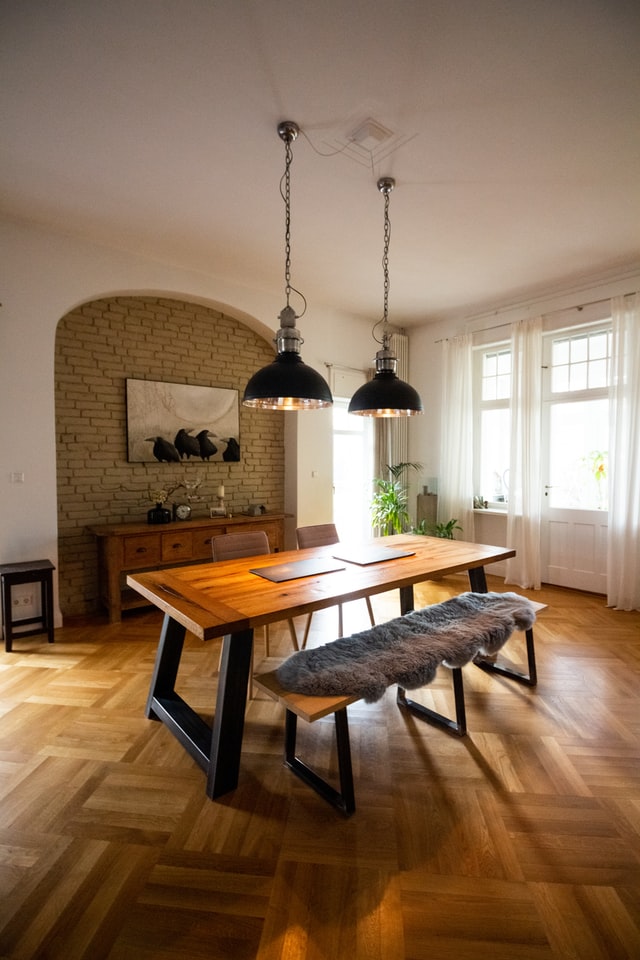Flooring is an essential aesthetic element of a home no homeowner can overlook. It increases home value, provides durability, and ages gracefully. Several types, brands, grains, and patterns come to mind when thinking of wood flooring. The wood market is so swamped with these options that it becomes challenging for the average installer to get the best fit. Knowing specific flooring products comes in handy when choosing the right type for a home, based on lifestyle, budget, and level of craftsmanship.
So, what wood flooring products are in high demand. In truth, there are many of them due to individual preferences. However, two products tend to stand out from the rest. They are chevron and herringbone. Taking a look at both flooring patterns, a newbie may find it confusing to tell them apart. But understanding the difference will help any homeowner make favourable personal decisions unique to the individual’s home.
Difference Between Chevron and Herringbone Patterns
Telling the difference between a chevron and a herringbone pattern might be challenging, but going through the differences highlighted below will provide clarity:
- Chevron patterns have their edges cut at an angle of 45 degrees, giving them a V-shaped zig-zag appearance.
- Herringbone patterns come with a 90-degree cut angle, creating a zig-zag overlapping appearance.
Any ideal wood species can be used to design either chevron or herringbone patterns. They are also compatible with different wood finishes, to provide a breath-taking, timeless look and feel. But there is more each product.
Understanding Each Product Further
Chevron wood flooring products are designed to create V patterns during floor installation. Each panel is narrower and shorter than the standard wood panels, having a cut-out angle of 4 degrees for two wood pieces to fuse with each side being vertical.
On the other hand, herringbone products contain parquet wood panels, which are smaller than the standard panels as well. They fuse to create a zig-zag staggering appearance. But how? The horizontal size of a herringbone plank is placed on the vertical side of another plank.
As more planks meet at specific points using this layering approach, the entire flooring pattern takes a herringbone form, rather than a V shape. Room size plays an essential role in selecting the ideal design. While some patterns make the apartment appear larger than it is, others make it narrower.
Chevron Vs Herringbone – Which One sticks?

Individual preferences come to play when selecting either chevron or herringbone wood planks. Some homeowners may prefer overlapping designs, while others may find the V design more appealing. However, one of the elements that serve as a deciding factor is “aesthetic illusion.” What does this mean?
Flooring can create an illusion that a home is bigger than it is, which individuals with smaller homes will find attractive. On the other hand, those with larger homes may select a pattern that makes the building appear moderate. But that’s not all; another factor is durability.
Chevron flooring products stand out in terms of design, and to a slight degree, safety, especially for individuals who have trouble dealing with staggering or mind-bending patterns. The V shape overlay creates a perfect layout that resonates with the room’s dimension. However, this also makes the room appear larger, which may be a good thing, depending on the homeowner’s preference and room size.
Contrastingly, selecting a herringbone design may be ideal when considering a moderate room size. Individuals who don’t want their apartments to appear larger than they are can opt for this product. However, note that it is more expensive than its counterpart, which might be a deal-breaker for homeowners on a budget. But in the long run, it is more affordable, thanks to its longer durability. The wood panels don’t expand, which gives them their hard-wearing properties.
Chevron Hardwood Flooring Cost

Although not as expensive as herringbone flooring, chevron hardwood flooring is still quite expensive. The flooring option has a majority of its cost pegged on installation. This factor is stems from the fact that a unique cutting technique is implored during the manufacturing process. Notwithstanding, the results are stunning.
The price of chevron hardwood floor panels depends on the wood species used, type of finishing, and the level of professionalism employed. For example, the walnut variant has an average cost of $18,980, when considering a room size of 2,500 sq. Personally installing the floor panels may set a homeowner back by $9,800, saving thousands of dollars.
But even if DIY installation is less expensive, it requires a highly skilled approach to prevent errors during installation. Chevron hardwood increases property value, making it suitable for residential or commercial floor installation.
Herringbone Hardwood Flooring Cost
The overall installation cost for herringbone flooring hovers around $20,000, with the price per square foot ranging from $6 to $10. Like chevron hardwood installation, several factors contribute to herringbone’s installation, including labour. For example, a floor installation in a room with a dimension above 200 square feet may cost $1,200.

The species of wood used to produce herringbone floor panels contribute to the flooring cost. Brazilian walnut or white oak can increase the cost by, at least, $2,000. However, installing the wood the DIY way will save $1,000 or more. Here is the cost per square meter of the following species:
- Walnut: $40 – $54
- Pecan or hickory: $30 – $50
- Maple: $32 – $72
- Beech: $42 – $85
- Pine: $25 – $40
- Sapele: $48 – $64
- White oak: $40 – $100
- Red oak: $25 – $80
One problem with the herringbone flooring DIY approach is that homeowners may find it challenging to finish and refine the wood panels as it is more challenging. However, to save time and money, they can purchase a click-together herringbone flooring product. Contractors might cause the installation cost to skyrocket. Hence, hiring a local flooring professional will ease one’s budget.
The Bottom Line
Parquet floor installation improves a home’s beauty and luxury. This flooring type has been in use for a long time. Property owners worldwide embrace it, using chevron or herringbone patterns in their flooring project. A beautifully designed hardwood floor is timeless. Chevron flooring designs are for individuals who want a tighter, more angular style, while herringbone wood panels are for those who desire a more subtle flooring appearance. Both flooring options remain relevant and increase in demand. Thanks to lvflooring.ca for consulting on this post.

























